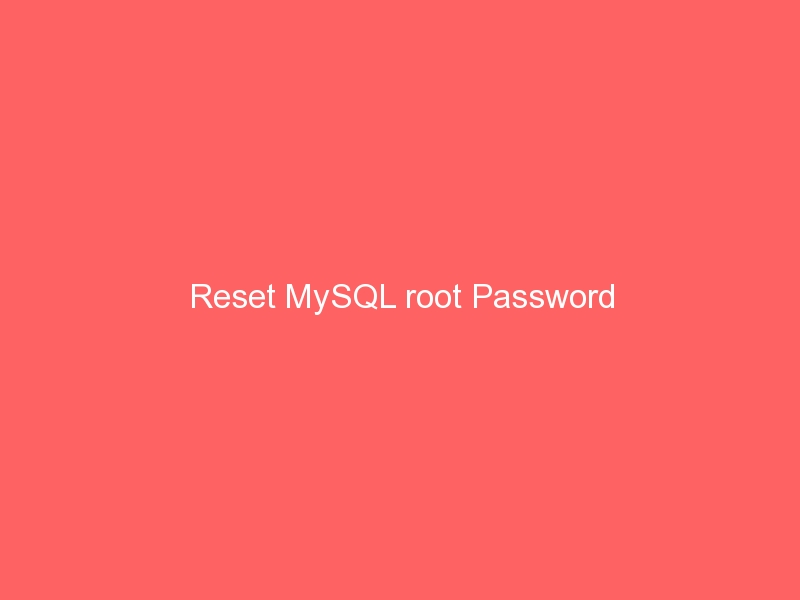Introduction Of Tomcat
Since Apache doesn’t support JSP out of the box, we need to add something else to the mix to provide that support. Unfortunately, JSP is too complicated to be supported by a simple Apache module; thus, we need to install an entirely new program to provide that support, then instruct Apache to forward requests for JSP pages to that program (note: this may sound like CGI, but it isn’t; just wait and see). The program we’ll be using is called Tomcat, and is also written by the Apache Group.
Tomcat, which is released under Apache license, is one of the more popular and widely used open source option for JSP container. Tomcat’s built in Jasper compiler does the actual compilation of JSP and Java servlets code. The latest available Tomcat version is 6.0.10 and it meets the latest JSP 2.1 specification. Although Tomcat can be used as a standalone HTTP server, it’s advisable to use it only as a JSP/servlets container and use a separate web server like Apache or Microsoft IIS. Apache is popular choice to be used together with Tomcat because Apache web server is more configurable, more robust, and faster than a standalone Tomcat server.
Purpose of Tomcat and JSP
Tomcat’s purpose is to provide standards-compliant support for servlets and JSP pages. The purpose of servlets and JSP pages is to generate web content such as HTML files or GIF files on demand using changing data. Web content that is generated on demand is said to be dynamic. On the other hand, web content that never changes and is served up as-is is called static. Web applications commonly include a great deal of static content, such as images or Cascading Style Sheets (CSS).







